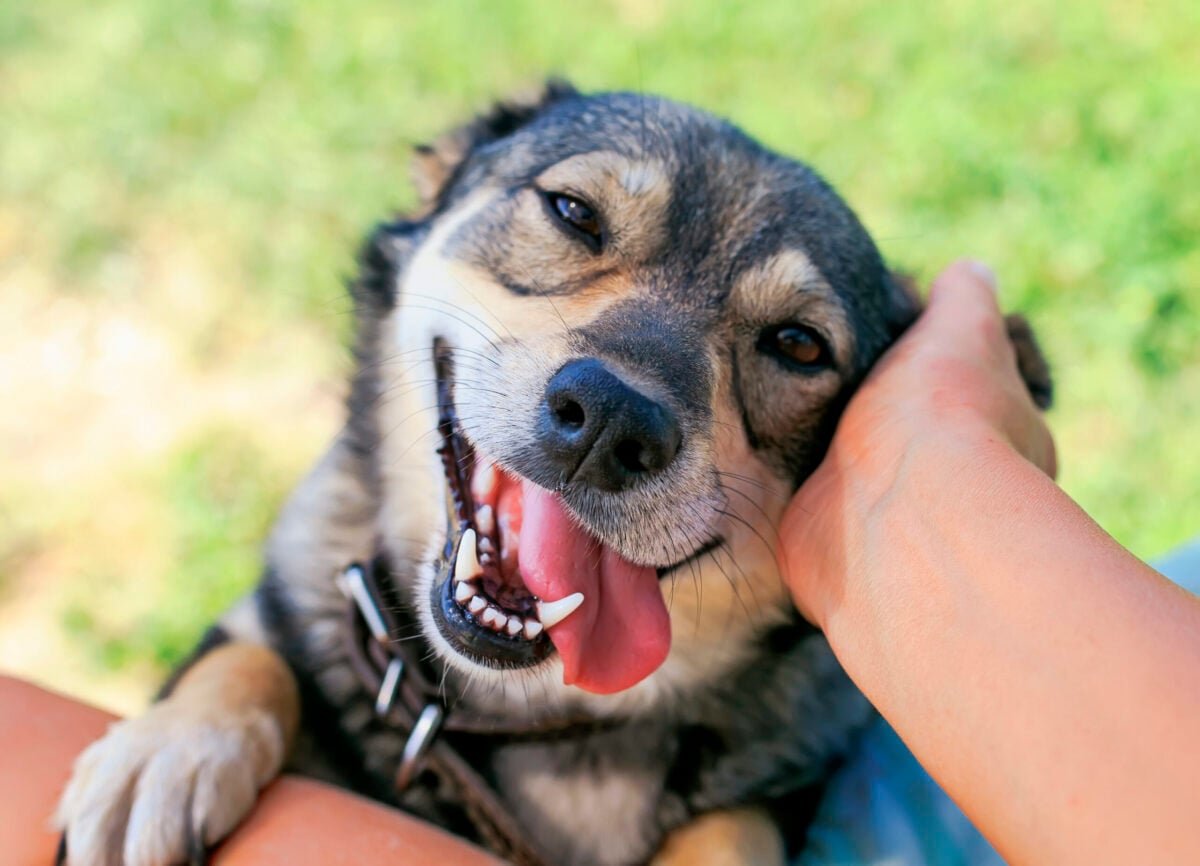If your dog becomes restless, vocal, or destructive after bedtime, they may be experiencing separation anxiety. Many pet parents think this only happens when they leave the house, but it can also occur overnight when your dog is apart from you.
Knowing the signs of separation anxiety in dogs at night — and how to address them — can make a big difference in your dog’s comfort and your peace of mind.

Understanding Separation Anxiety in Dogs
Separation anxiety is an intense stress response that occurs when a dog is away from their owner or primary caregiver. At night, it can be triggered by:
- A change in sleeping arrangements
- Being crated or confined in another room
- Recent adoption or move to a new environment
- Past trauma, neglect, or frequent rehoming
Even well-adjusted dogs can develop nighttime anxiety, so early recognition is key.
Common Signs of Separation Anxiety in Dogs at Night
1. Vocalization
Persistent barking, whining, or howling after you’ve gone to bed can be your dog’s way of expressing distress.
2. Restlessness or Pacing
An anxious dog may wander, pace, or scratch at doors in an attempt to reach you.
3. Destructive Behavior
Chewing bedding, clawing at crate doors, or damaging household items can be signs of anxiety-driven frustration.
4. Accidents Indoors
House-trained dogs may urinate or defecate indoors due to stress.
5. Physical Signs of Stress
Panting, drooling, trembling, or wide eyes can indicate your dog is feeling unsettled.
6. Clingy Pre-Bed Behavior
Following you from room to room, becoming unsettled if they can’t see you, or resisting bedtime can also be indicators.

Reinforcing Calm Behavior
One of the most effective ways to reduce anxiety is to model calmness yourself.
- Avoid making a big deal when you leave or return at night — stay low-key.
- Ignore overly excited greetings and reward your dog only when they are calm.
- Dogs learn by association, so if you keep bedtime departures calm and predictable, your dog will follow suit.
Gradual Desensitization for Nighttime Separation
Teaching your dog that being alone at night is safe takes patience:
- Simulate “Leaving” Cues — Put on pajamas, dim the lights, or close a bedroom door briefly, then return before your dog gets anxious.
- Increase Duration Slowly — Extend the time apart in small increments, rewarding your dog when they remain calm.
- Mix Up the Routine — Practice at different times so your dog learns the cues aren’t always followed by long absences.
Bedtime Strategies to Reduce Nighttime Anxiety
- Provide Comfort Items: Leave an unwashed T-shirt or blanket with your scent in their sleeping area.
- Exercise Before Bed: A good walk or play session can help your dog relax.
- Offer Mental Stimulation: Puzzle toys or a safe chew can keep them occupied while settling in.
- Use Calming Tools: White noise, pheromone diffusers, or a covered crate can help your dog feel more secure.

Training for Confidence and Structure
Basic obedience training not only provides mental stimulation but also builds trust and self-control:
- Sit and Down commands help dogs settle in place.
- Stay teaches patience and helps them remain calm when you leave the room.
- Reward these behaviors frequently so your dog learns calm behavior earns attention.
When to Seek Professional Help
If your dog’s anxiety is severe, persistent, or causing injury, consult your veterinarian, a certified dog trainer, or a veterinary behaviorist. They can create a personalized plan and rule out medical causes.
Helping Your Dog Rest Easier at Night
Recognizing the signs of separation anxiety in dogs at night — and taking proactive steps — can help your dog feel safe and confident while you sleep. With calm leadership, gradual training, and consistency, you can ease their anxiety and create a more peaceful nighttime routine for both of you.
At North Shore Animal League America, we believe in strengthening the bond between pets and their families by providing guidance, compassion, and lifelong support.


